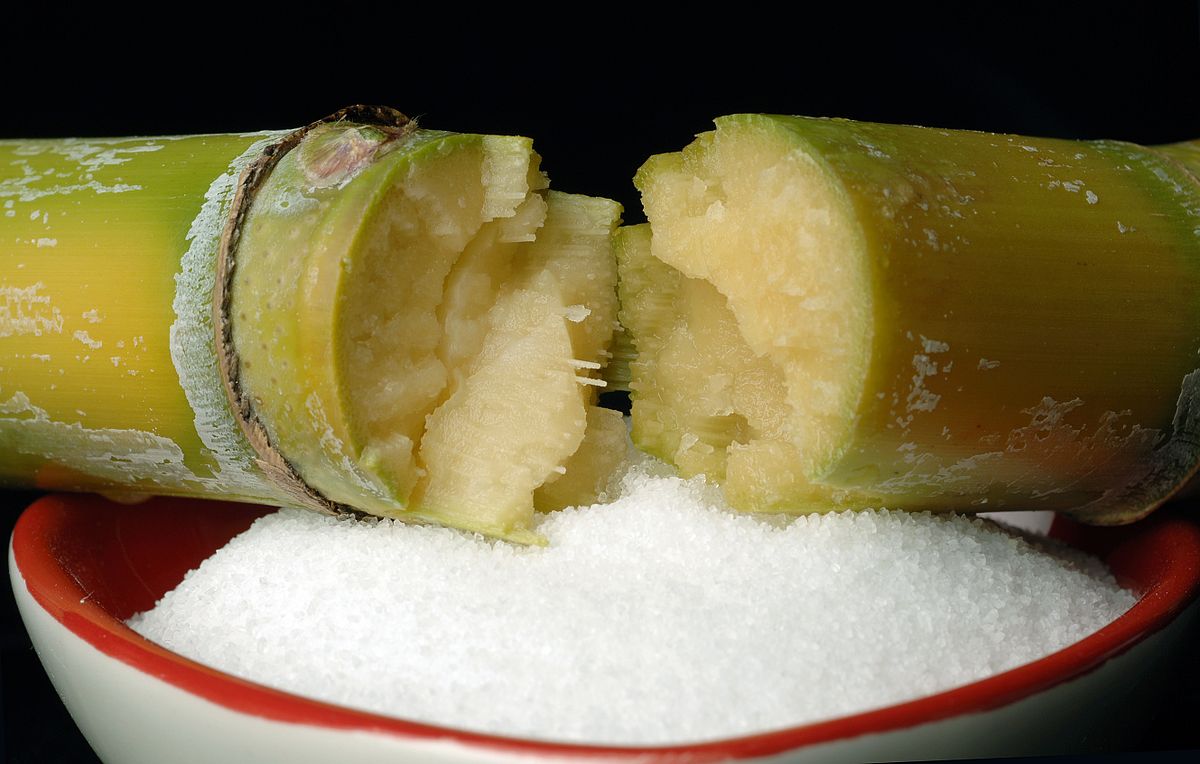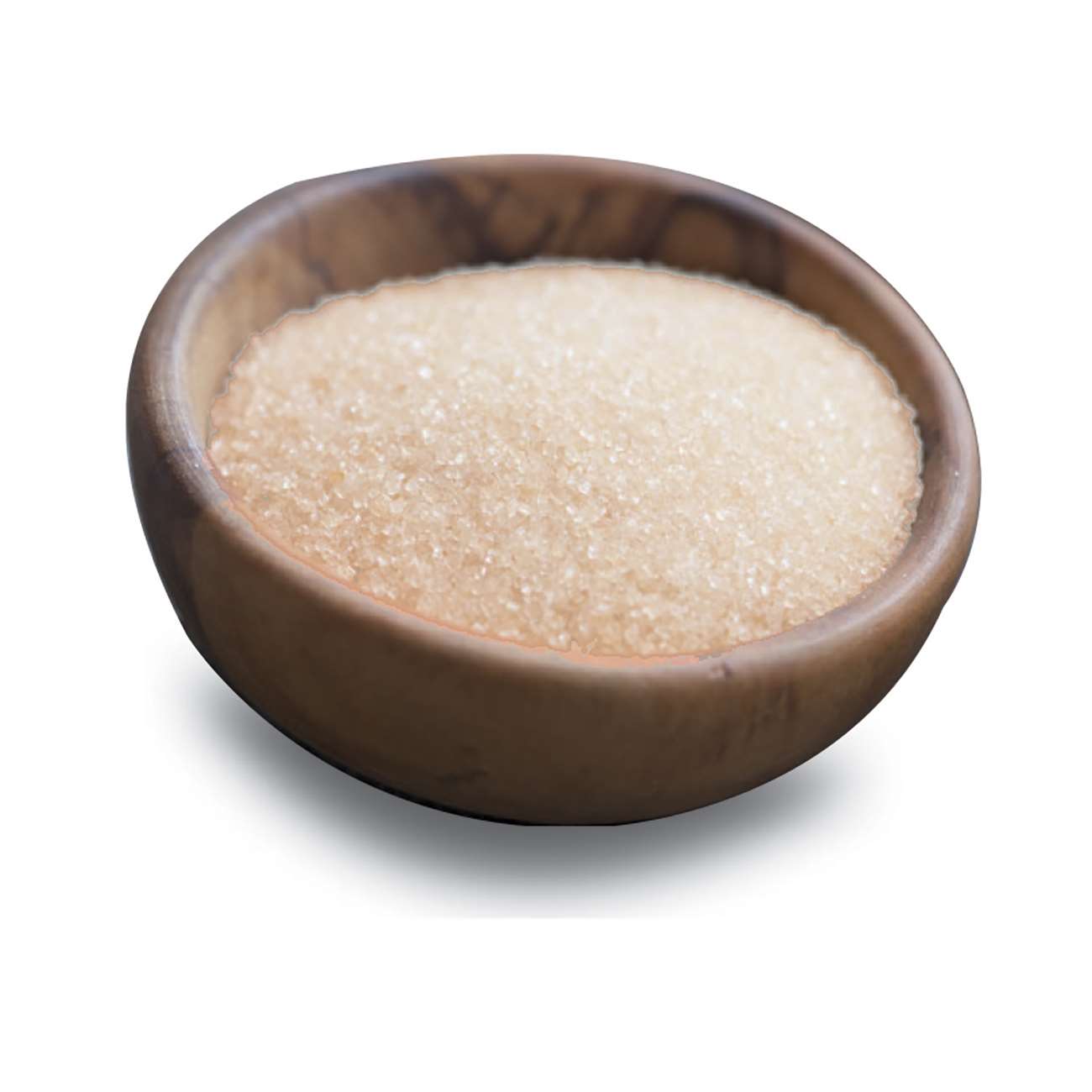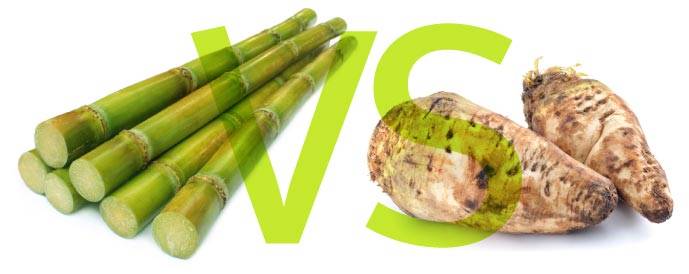The Scientific Research Behind Cane Sugar Processing: Exactly How Sweet Taste is Improved
The Scientific Research Behind Cane Sugar Processing: Exactly How Sweet Taste is Improved
Blog Article
Checking Out the Comprehensive Steps Associated With Walking Cane Sugar Handling From Collecting to Improvement
The procedure of walking cane sugar manufacturing incorporates a collection of detailed actions, starting with the mindful harvesting of sugarcane and finishing in the improvement stages that make sure the end product meets industry standards. Each phase, from the removal of juice to the filtration and formation procedures, plays a vital function in figuring out the high quality and personality of the sugar. Recognizing these stages not only highlights the intricacy of sugar manufacturing however likewise raises critical concerns about effectiveness, sustainability, and advancement in the industry. What ramifications do these factors have for future techniques?
Harvesting Sugarcane
Collecting sugarcane is a crucial action in the walking stick sugar handling chain, as it directly affects the high quality and yield of the end product. Correct timing and techniques are crucial during this stage to make certain optimal sugar material and lessen losses. Typically, sugarcane is harvested when it gets to maturation, generally 12 to 18 months after growing, defined by a high sucrose focus.

Post-harvest, the sugarcane has to be refined swiftly to stop sucrose deterioration. Preferably, harvested walking stick should be transferred to refining centers within 1 day to preserve sugar top quality. Consequently, reliable logistical planning is important to preserve the honesty of the harvested plant throughout the supply chain.
Extraction Process

The smashed walking stick undergoes a collection of pushing procedures to make best use of juice recuperation. Generally, warm water is sprayed onto the smashed cane, creating a countercurrent circulation that aids dissolve the sugar while additionally assisting in the removal process. The juice collected from this operation has not only sugar yet likewise numerous natural compounds and impurities.

To boost removal performance, some centers may employ diffusion approaches, where the sugarcane is taken in warm water, enabling the soluble sugars to diffuse right into the liquid. The resulting juice, abundant in sucrose, is after that routed to succeeding handling phases, laying the foundation for purification and improvement. The removal procedure is thus pivotal in determining the top quality and return of the last sugar product.
Purification Techniques
The filtration techniques utilized in walking cane sugar handling are vital for changing the raw juice into a top quality sugar item. These approaches largely aim to eliminate pollutants, such as dirt, plant products, and inorganic compounds, which can detrimentally affect the end product's flavor and color.
This process involves adding lime and heat to the raw juice, which helps with the coagulation of contaminations. Furthermore, the use of phosphoric acid can boost the information procedure by more binding contaminations.
One more considerable technique is carbonatation, where carbon dioxide is presented to the made clear juice. This response creates calcium carbonate, which catches staying contaminations and promotes their removal.
Furthermore, activated carbon treatment may be put on adsorb any kind of staying colorants and organic contaminations, making certain an extra polished product. The combination of these techniques effectively prepares the sugar juice for subsequent action in the refining process, establishing the phase for the manufacturing of top quality walking cane sugar.
Formation Techniques
After the purification phase, the next vital action in walking stick sugar processing involves formation approaches, which play a crucial duty in changing the clarified juice into strong sugar. This procedure commonly uses two primary approaches: spontaneous condensation and controlled crystallization.
In spontaneous formation, supersaturated sugar services are enabled to cool normally, leading to the development of sugar crystals over time. This technique permits for the consistent development of sugar crystals and greater purity.
During crystallization, the cleared up juice is concentrated via evaporation, boosting its sugar content until it gets to supersaturation. Once this point is attained, either method can help with the formation process. Cane Sugar Processing. The Cane Sugar Processing resultant sugar crystals are then divided from the continuing to be syrup through centrifugation
Ultimately, the option of formation method affects the top quality, size, and purity of the last sugar item, making this step crucial in the total cane sugar processing treatment.
Refinement and Packaging
Exactly how can the purity and high quality of walking cane sugar be further enhanced after crystallization? The refinement process plays a critical role in achieving premium walking stick sugar. Complying with crystallization, sugar undertakes a complete cleaning to get rid of impurities and residual molasses. This is usually completed making use of cozy water or heavy steam, which assists liquify and draw out unwanted elements while preserving the sugar crystals.
Next, the sugar undergoes a procedure called centrifugation, where it is spun at high speeds to divide the cleansed sugar crystals from the remaining fluid. After centrifugation, the sugar is usually additional refined via a technique called carbonization or phosphatation, which utilizes turned on carbon or phosphoric acid to remove color and off-flavors.
As soon as fine-tuned, the sugar is dried out to accomplish the desired wetness web content, making certain that it stays steady during storage space and transport. The last step entails product packaging the polished sugar in closed and moisture-proof containers to maintain its top quality and stop contamination. Cane Sugar Processing. Proper product packaging not just prolongs service life however additionally promotes easy handling and distribution, ensuring that customers receive sugar that satisfies the highest possible standards of pureness and top quality
Final Thought
The extensive steps entailed in cane sugar processing, from the thorough harvesting of sugarcane to the intricate improvement and product packaging stages, highlight the relevance of each stage in guaranteeing top quality sugar manufacturing. Optimum harvesting techniques, effective removal methods, and extensive filtration procedures jointly add to the last product's purity and stability. The condensation and succeeding product packaging practices better boost the integrity and service life of the sugar, highlighting the complexity and accuracy fundamental in this crucial farming market.
The process of walking stick sugar manufacturing incorporates a series of detailed actions, starting with the mindful harvesting of sugarcane and finishing in the refinement stages that make sure the final product meets industry standards. Preferably, collected walking his explanation cane needs to be transported to processing centers within 24 hours to maintain sugar top quality.In spontaneous more condensation, supersaturated sugar options are enabled to cool normally, leading to the development of sugar crystals over time - Cane Sugar Processing. The refinement process plays a vital function in accomplishing high-grade walking cane sugar.The detailed steps involved in walking cane sugar processing, from the precise harvesting of sugarcane to the elaborate improvement and product packaging stages, underscore the relevance of each phase in making sure premium sugar manufacturing
Report this page